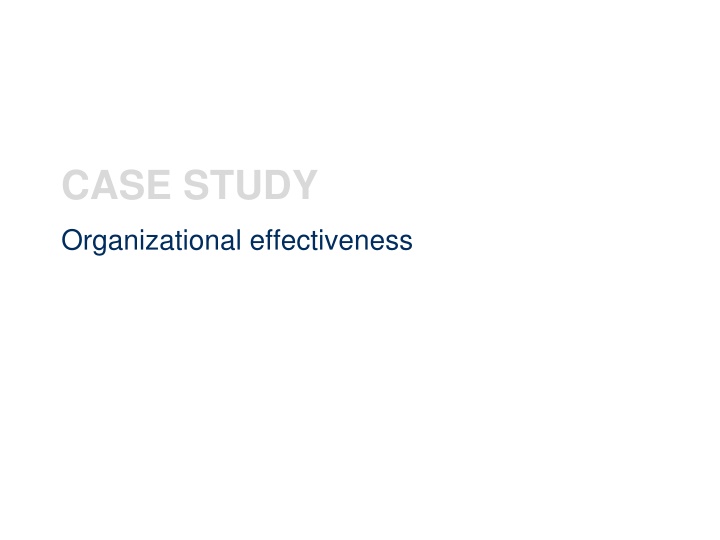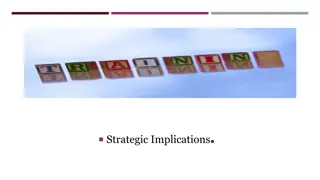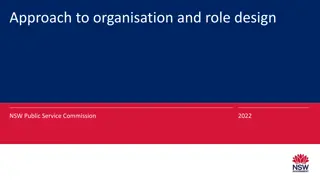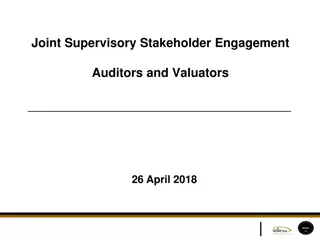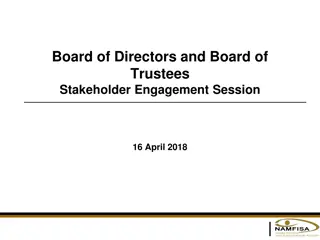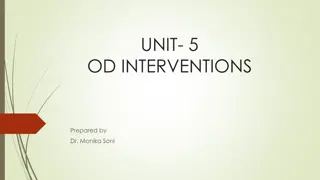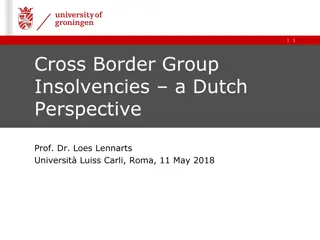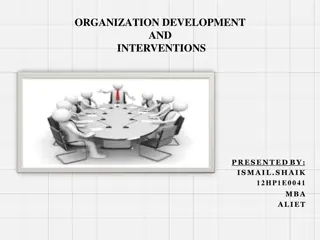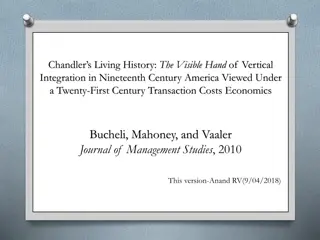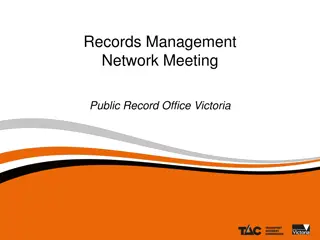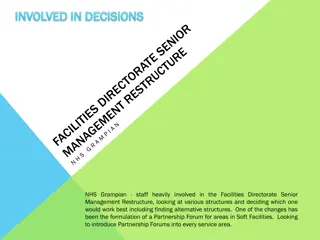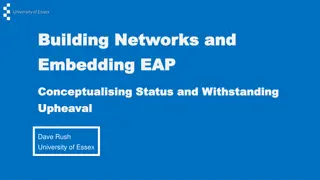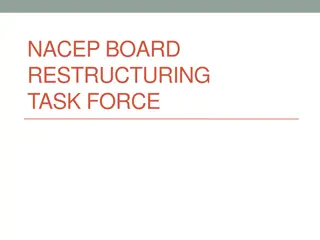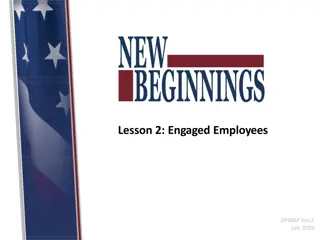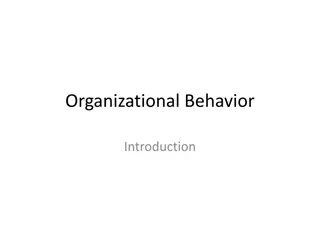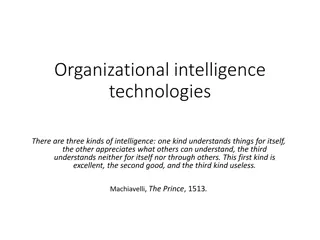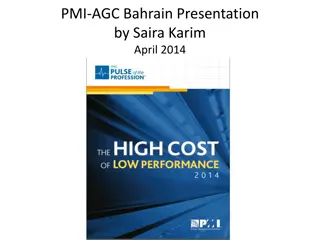Enhancing Organizational Effectiveness Through Strategic Restructuring
We assisted a client in developing and implementing a new corporate strategy to address revenue growth challenges, conducted management interviews and workshops, and tested simpler operational models. The implementation resulted in improved revenue growth and client satisfaction, leading to the identification of a new structure for enhanced operational efficiency.
Uploaded on Sep 26, 2024 | 1 Views
Download Presentation

Please find below an Image/Link to download the presentation.
The content on the website is provided AS IS for your information and personal use only. It may not be sold, licensed, or shared on other websites without obtaining consent from the author.If you encounter any issues during the download, it is possible that the publisher has removed the file from their server.
You are allowed to download the files provided on this website for personal or commercial use, subject to the condition that they are used lawfully. All files are the property of their respective owners.
The content on the website is provided AS IS for your information and personal use only. It may not be sold, licensed, or shared on other websites without obtaining consent from the author.
E N D
Presentation Transcript
CASE STUDY Organizational effectiveness
We helped develop and implement a new corporate strategy Mobilize Diagnose Decide Act Conducted management interviews and workshops Conducted new primary research Recast company strategy including target customer types and key differentiation Planned implementation of new strategy throughout the company Conducted targeted analysis Scanned available industry data Built consensus and refined Implemented the strategy Agreed to scope and size of opportunities and scenarios to address them Identified initial hypotheses Identified implementation milestones Tracked achievement of objectives How do we address them? Are there problems or opportunities? What are they exactly? Let s get at it! 2
Our client had trouble growing account revenues Revenue growth from new top 50 and existing clients REVENUE GROWTH, %, CANADA Forecast Rapid growth Flat growth 20 15 10 Revenue growth (%) 5 New1 0 -5 Existing -10 -15 -20 Yr.1 Yr. 2 Yr. 3 Yr. 4 Yr. 5 Yr. 6 Yr. 7 Yr. 8 Yr. 9 Yr. 10 Yr. 11 3
We tested simpler, more integrated operating models to assess their impact on account growth Revenue growth (Revenues, C$M, Canada, 2005-2009) New operational model Both Client A and Client B are currently serviced by a streamlined account team Fewer and senior client touch points Unified account planning Authority to coordinate all disciplines CAGR 2008 profit margin 19% 9 8 7.5% Client A 7 Revenues (C$M) 6 Both clients experienced significant dissatisfaction before the new structures were put in place 5 4 0.6% Client B 3 Both accounts are currently healthy Financial performance Client perception 2 2008 profit margin 18% 1 0 2005 2006 2007 2008 2009 est. 4
A new structure was identified to enable an enhanced operating model Holdco Entity 1 Entity 2 Discipline A Discipline B Discipline C Discipline D Discipline E Discipline F Discipline G Discipline H Discipline A Discipline D Discipline E Discipline C Discipline B 5
We followed a structured process to optimize the new organizational structure and staffing levels Allocate staff to service the large migrated clients Develop the client migration plan for the next tranche of clients Allocate staff to service this tranche of migrated accounts Determine the large client migration plan Develop the client migration rationale Determine the ultimate servicing entity for each client Estimate the end state revenue per entity Define the staff that is needed to service large clients Estimate costs associated with staff Develop pro-forma financials Develop the client migration rationale Determine the ultimate servicing entity for each client Estimate the end state revenue per entity Define the staff that is needed to service clients in the tranche Estimate costs associated with tranche staff Develop pro-forma financials Responsibility: Steering committee Steering committee Client and staff team Client and staff team Challenge proposed staff allocations and costs or move to the next tranche of clients Challenge proposed staff allocations and costs and reiterate as needed 6
We developed a detailed client migration plan Migration decision Additional considerations Client Revenue Move to office #1 Move to office #2 Move to office #3 Resign Retention risk ? Low Client #1 $XXM Low Client #2 $XXM Low Client #3 $XXM Low Client #4 $XXM Medium Client #5 $XXM Low Client #6 $XXM Low Client #7 $XXM Low Client #8 $XXM Low Client #9 $XXM Total $XXM $XXM $XXM $XXM $XXM 7
We built staffing levels from the ground-up to support the proposed client migration plan Resources by job type Count (percent) Total resources Entity Employee category 1 Employee category 2 Employee category 3 Employee category 4 Employee category 5 Employee category 6 Employee category 7 Entity 1 16 3 6 3 3 1 Entity 2 37 13 13 2 5 2 2 Entity 3 107 34 44 7 6 10 6 Entity 4 132 57 54 6 5 8 2 Entity 5 32 8 14 5 3 2 Entity 6 76 26 30 6 5 4 5 Entity 7 73 36 18 7 8 4 Entity 8 42 5 3 28 2 4 Entity 9 148 109 5 15 6 8 5 Entity 10 56 44 3 1 4 4 Entity 11 52 9 34 5 1 3 Total 771 344 224 77 52 50 21 3 8
The new organizational structure required less staff to better service clients Employee cost savings SALARIES AND BENEFITS, CDN$K Current employee costs Not being retained Replaced New employee costs 9
